

To read the first part of our Tomb Raider retrospective click here.
Gamers who had loved the originality and ingenuity of the early Tomb Raider games had become frustrated by the lack of new ideas. With Lara everywhere and Tomb Raider games coming thick and fast the market turned sour. Starting to fear the game they loved had peaked, they talked with their wallets. Even Lara's apparent death wasn't enough to avoid another sales dip.
Eidos wasn't willing to let their million-dollar baby fade away though. Despite sales continuing to decline Core were set the task of creating yet another instalment. Tomb Raider: Chronicles arrived one year later, in November 2000.
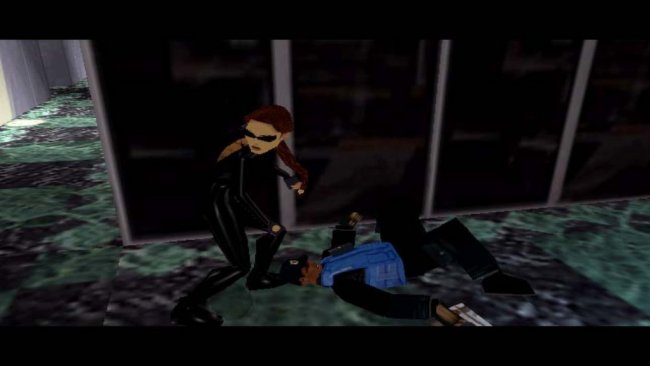
Lack of enthusiasm for the project was evident. Chronicles, in which players experienced previously unknown stories of Lara's life, was solid but unexciting. The engine that had been so fresh in 1996 was looking old and the mechanics dated and tired. Chronicles was the worst selling entry in the main series. The product had grown stale.
Eidos decided that for Lara to compete at the top again she needed a makeover. In response to the massive decline in sales that had befallen Chronicles, they went to great lengths to let the world know that Lara's next adventure would be her best yet. Her PS2 debut would be more exciting and more innovative and the original; Angel of Darkness would use an entirely new engine, Lara herself would be redesigned from top to bottom, new mechanics like hand-to-hand combat and stealth gameplay would be added. It all sounded too good to be true... and it was.
Despite Eidos' optimistic promises to the public, behind closed doors the project was in turmoil. Core was struggling to create a brand a new Tomb Raider. The transition to a new engine wasn't an easy one and with every step forward came a myriad of problems. For the first time in franchise history a Tomb Raider game fell behind deadlines.
Eidos was getting concerned. The release of the second Tomb Raider movie was just around the corner and the publisher didn't have a product to sell alongside it. Desperate for something to sell Eidos rushed the broken Tomb Raider from the production team and released it in summer 2003.
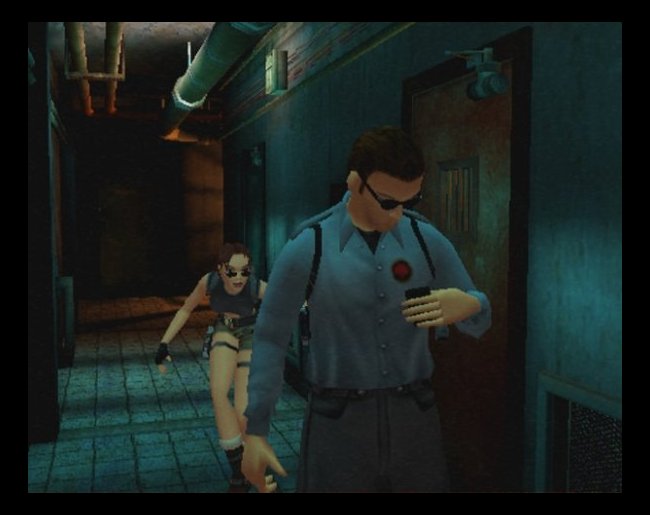
Angel of Darkness was deservedly berated by critics. Core had focused more on animations than on controls and gameplay. The result was all gloss and no substance. Visual excellence was marred by a convoluted and confusing story, shallow RPG elements, and frustrating gameplay. It sold over 2.5million copies. Impressive, considering it received the worst critical reception of any Tomb Raider to date.
Moderate sales weren't good enough for Eidos. Deciding that Core could no longer be trusted with development duties they made a franchise altering decision. Lara's creators were fired and the Tomb Raider torch passed to Crystal Dynamics.
Having proven their abilities with the Legacy of Kain series Crystal Dynamics seemed like safe hands to continue the development of Tomb Raider games. Their remit was not to change the original games but to enhance them for a more modern audience. Deciding the best place to start was with experience they called on a Tomb Raider veteran for advice. Seven years had passed since Toby Gard walked away from Core but when asked to assist in rebooting his creation he jumped at the chance to finally see his vision of Lara realised.
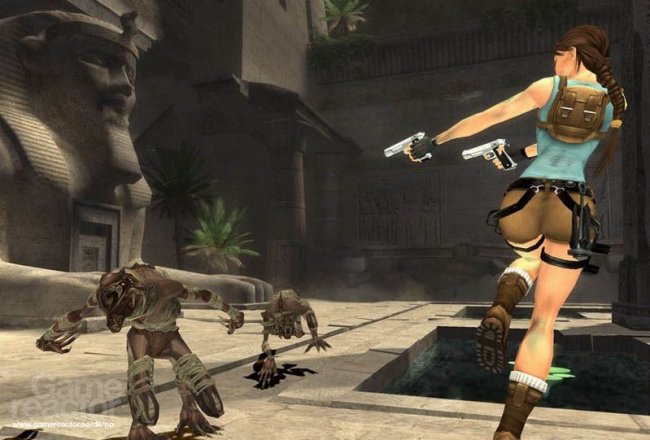
New life and new energy was poured into the game. With a new team handling development and Toby Gard reunited with his creation, the signs were promising and the developers didn't want to disappoint. A new engine was created and Lara was given a different backstory. Crystal Dynamics retained the best elements from prior games and added new ones. Lara herself was different, she still sported ample assets, but she was more in the realms of reality than ever before.
Tomb Raider: Legend launched across multiple platforms in 2006. Fans and critics were delighted to find Tomb Raider back to near to its best. Though it was slow progress sales creeped in the right direction for a change. Overall sales of 4.5million were very encouraging and definitely a step in the right direction.
Hoping to alight flames of passion in long term fans and show new audiences the origins of Tomb Raider, Crystal Dynamics next project was a remake of the original game. Not just a clone, Tomb Raider: Anniversary was a complete rebuild using the same engine as Legend. Lara had new moves such as the ability to wall-run and so did her enemies, mummies for instance could throw fireballs. Gard was promoted from consultant to developer and redesigned many of his own puzzles. The game was liked by critics, with some even saying it was better than the original.
Unfortunately positive reviews did not translate into positive sales. It only shifted 1.3 million copies even though it deserved much better. In an era where some developers are criticised for a lack of effort in re-releases Crystal Dynamics and Eidos had really pushed the boat out. Some controversy surrounding Core apparently being refused the reboot and a quiet marketing campaign are considered some of the reasons for its failure. Despite Anniversary not garnering the interest hoped for development was already well under way for a brand new instalment.
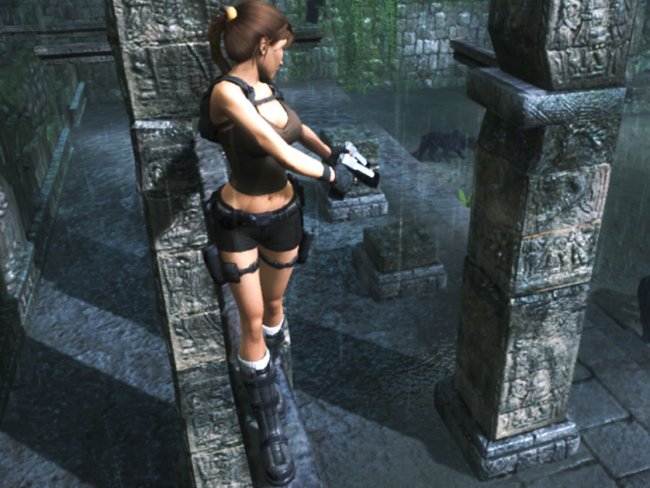
The next new instalment was 2008's Tomb Raider: Underworld. Crystal Dynamics delivered another solid Tomb Raider to plenty of praise. Tight controls, gorgeous environments, beautifully motion captured movements and an emphasis on exploration pleased fans everywhere. Something didn't connect with new audiences though. Underworld was not a failure by any means, but sales barely met their minimum targets and as a result the series was put on hiatus.
Although considered separate from the rest of the franchise Lara made a brief return in Lara Croft and the Guardian of Light, a download only title. Realising the familiar mechanics weren't working anymore and unsure how to continue the series Crystal Dynamics created a fixed-camera 3D platform game with arcade influences. A heavy emphasis was placed on cooperative gameplay with both local and online multiplayer supported. The results were extremely encouraging and proved that Lara Croft was a versatile character.
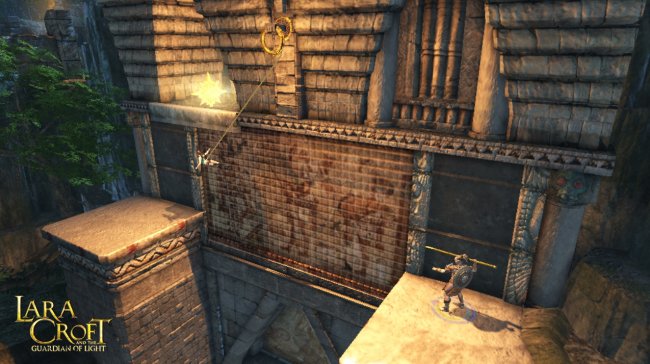
A new start for Tomb Raider is set to arrive on 5th March 2013 under a different publisher, Square Enix. Crystal Dynamics are still at the helm but have been challenged to create a fresh approach. The reboot looks very different from any Tomb Raider that has come before it.
Grittier than ever, the new game features a younger and more realistic Lara suffering through the events that mould her into a hardened survivor. The emphasis is more on survival and combat than ever before but traditional gameplay hasn't been completely ignored. With the series in need of renewed interest Square Enix and Crystal Dynamics are hoping Tomb Raider 2013 will capture audiences worldwide and be the jumping point for further entries.
Since its conception Tomb Raider has scaled great heights and Lara Croft has leapt into gaming history. The franchise has never repeated its outstanding debut but with a fresh start Tomb Raider as we know it is finally evolving.
You can read our verdict on the new Tomb Raider here.
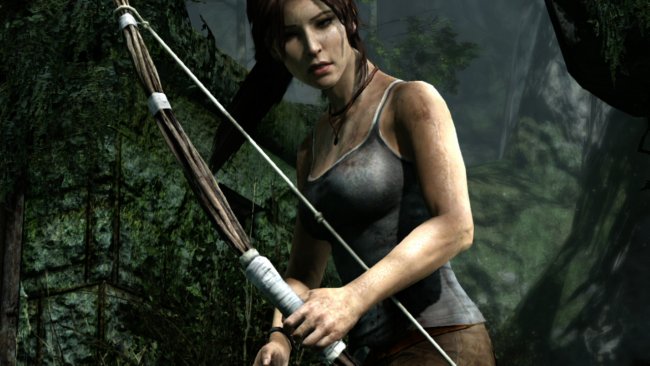


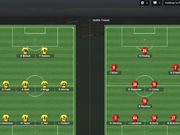
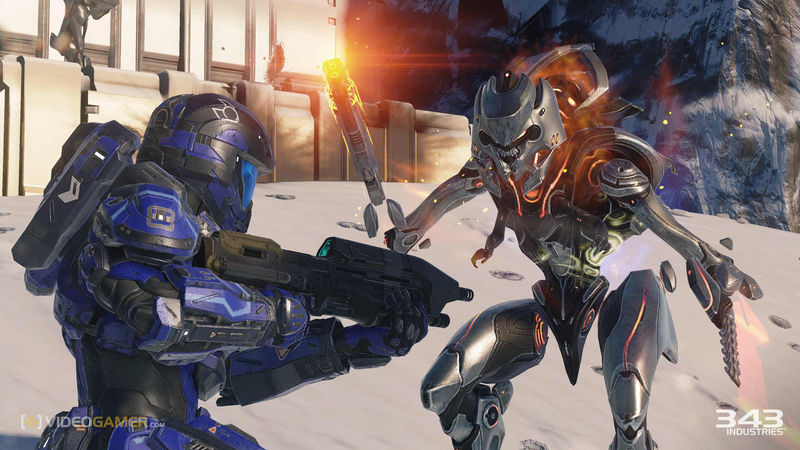
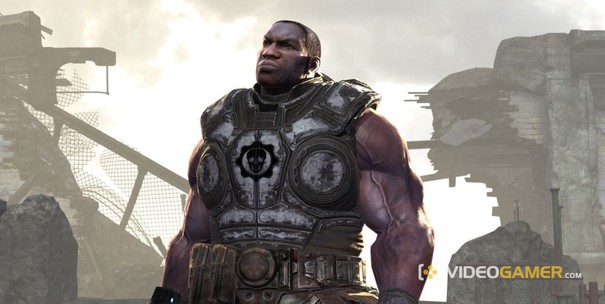 Is the original Gears Of War cast about to reunite on Xbox One?
Is the original Gears Of War cast about to reunite on Xbox One?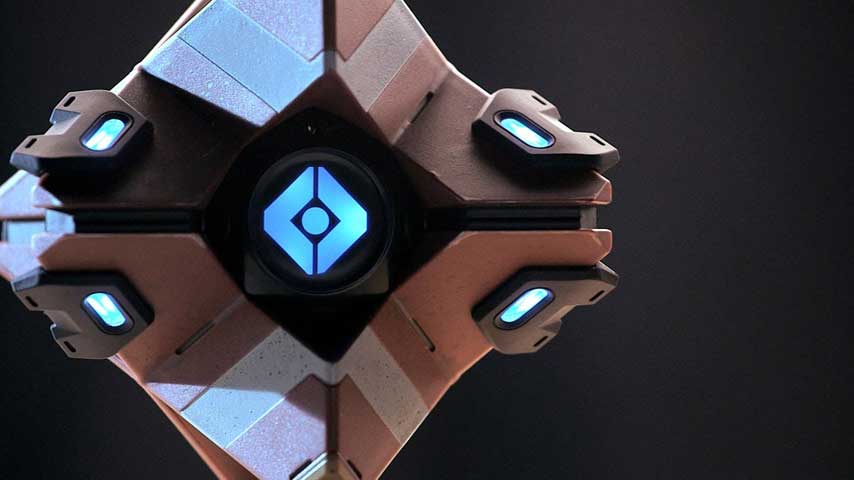 Destiny guide: Venus Dead Ghost locations
Destiny guide: Venus Dead Ghost locations The Best PC Game Developers of All Time
The Best PC Game Developers of All Time How to Zombie-Proof Your Village in Minecraft
How to Zombie-Proof Your Village in Minecraft Top 50 things to do with Maplestory NX
Top 50 things to do with Maplestory NX